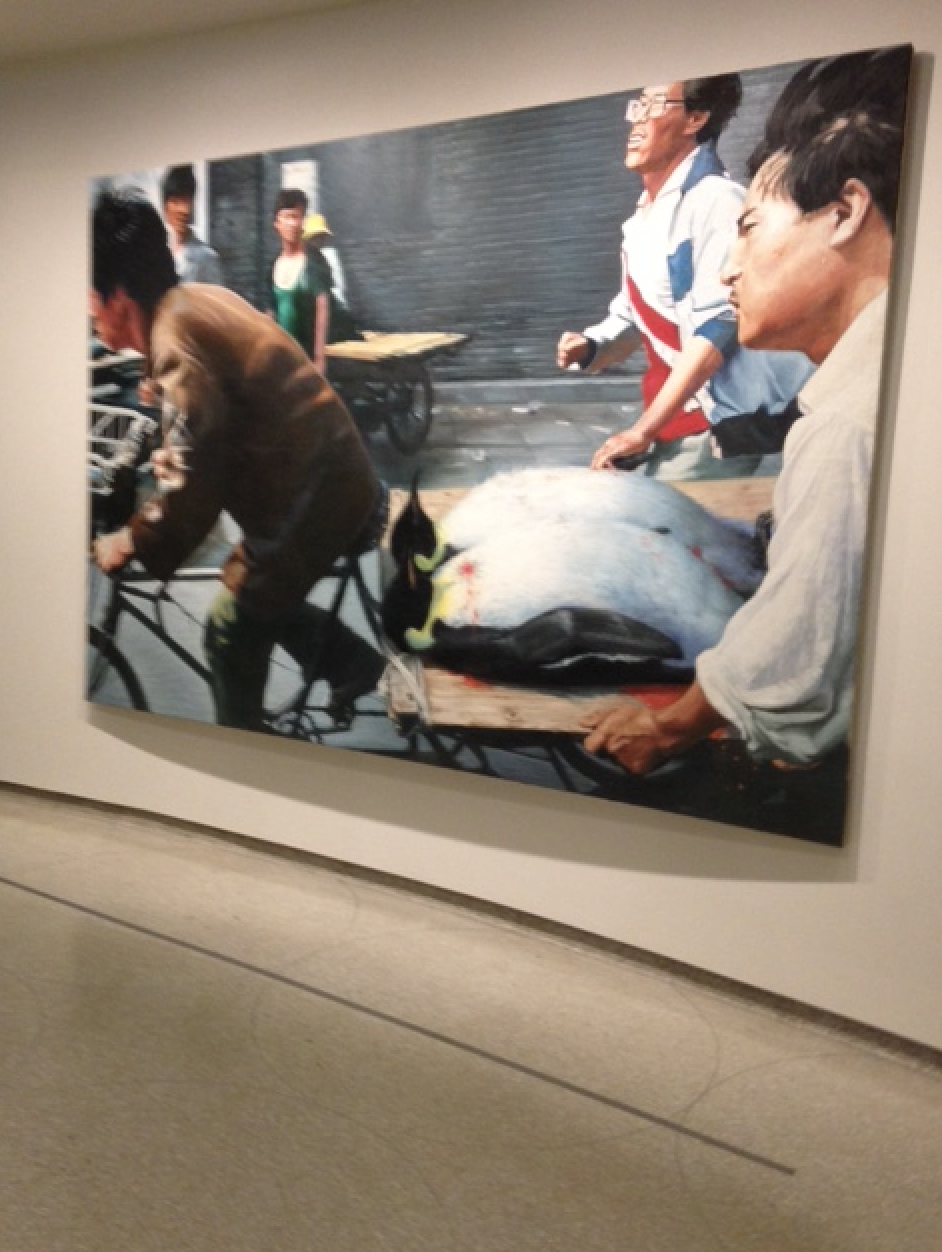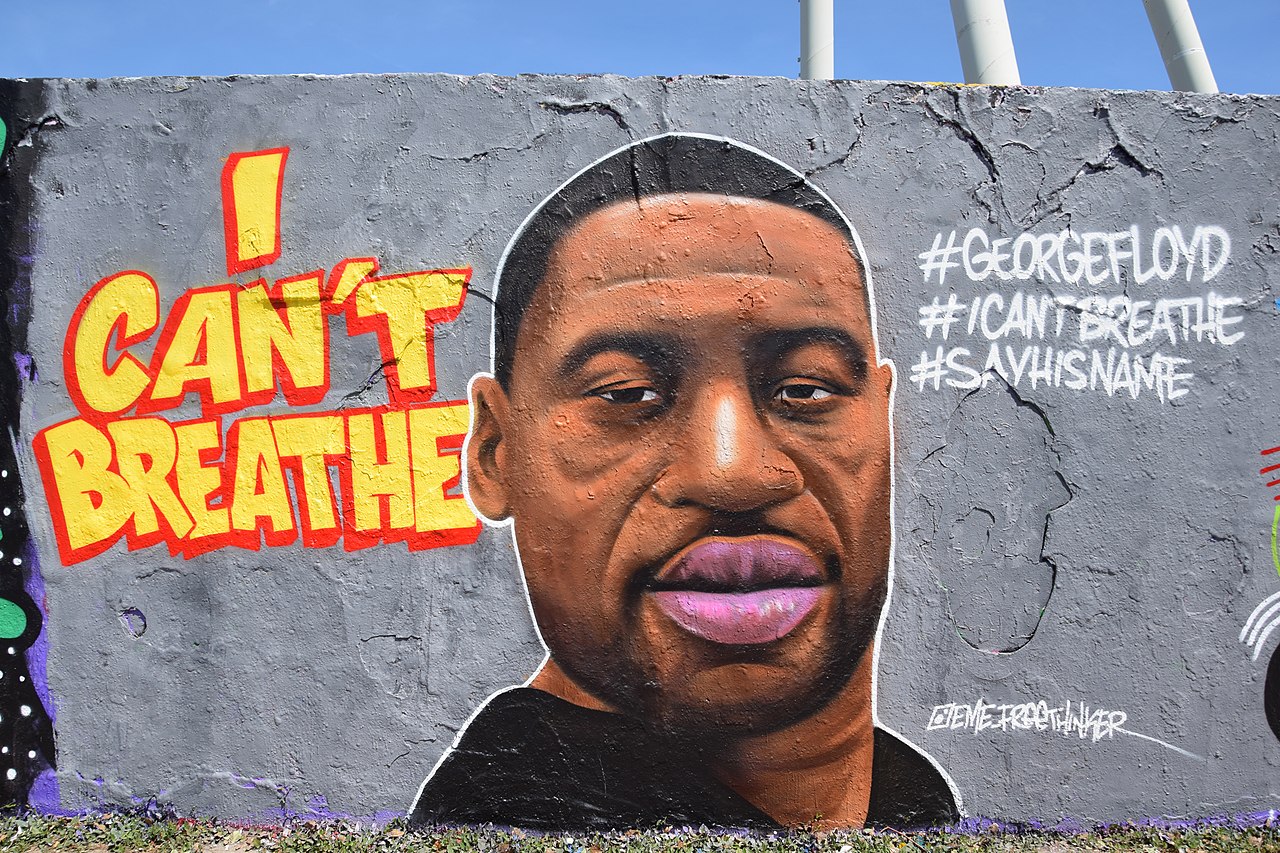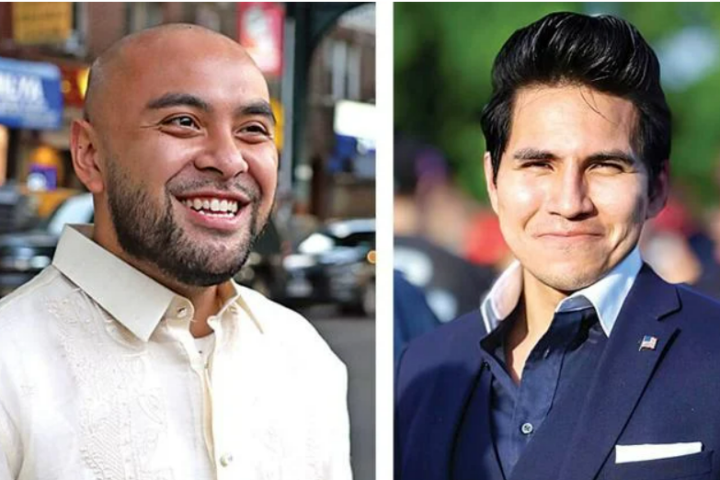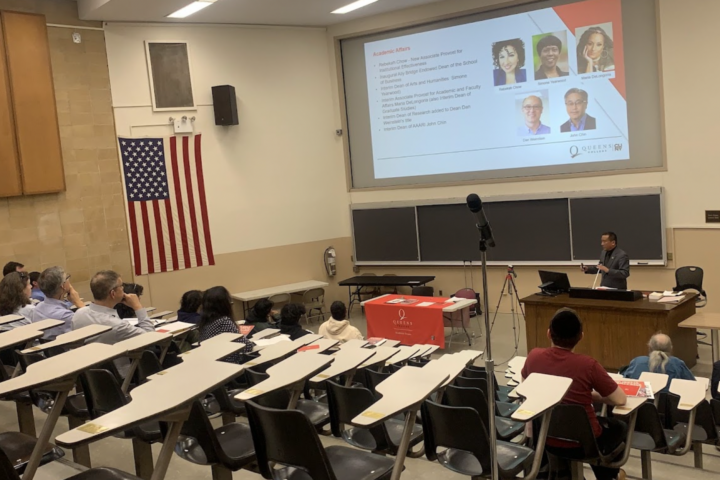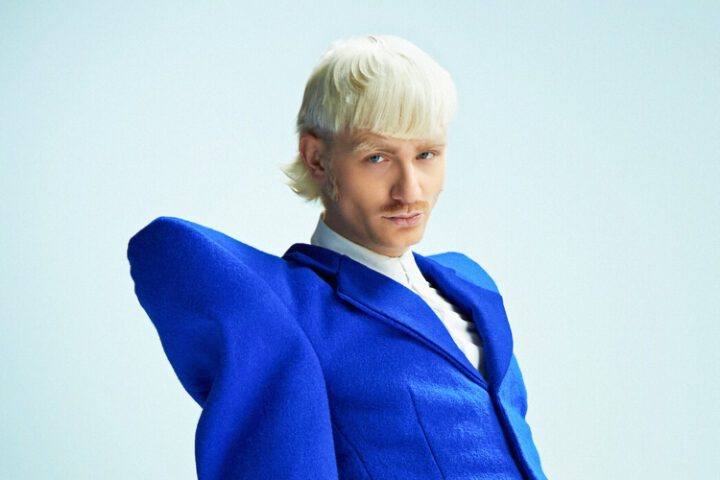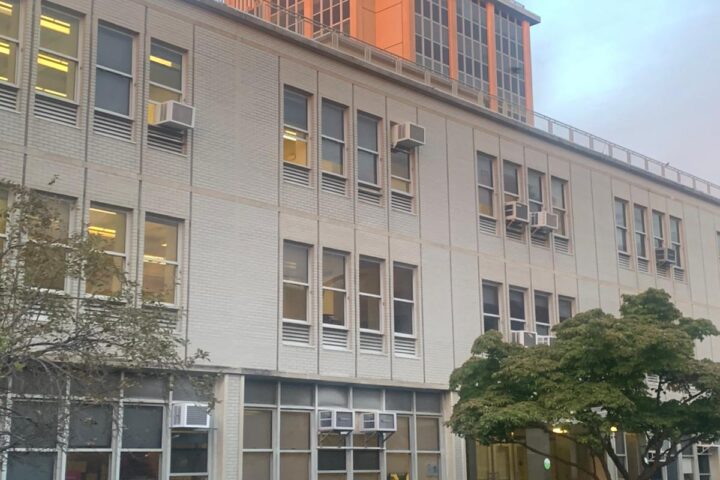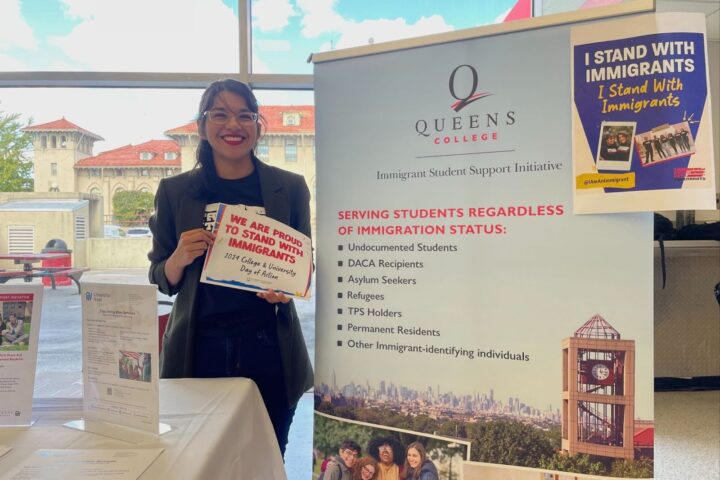The Guggenheim Museum, located at 1071 Fifth Avenue in Manhattan, has a new exhibition now on display called “Art and China after 1989: Theater of the World” until Jan. 7.
The three month long exhibition was launched on Oct. 6 and was created after Paris based artist Huang Yong Ping’s 1993 exhibit presented in Stuttgart, Germany. It includes film, video, contemporary art and photography from 71 Chinese artists between the years of 1989-2008.
The artwork includes 150 public and private collections from Asia, Europe, the United States and the Middle East. It shows historical content in different parts of China after the Cold War, that embody capitalist, realism, the working class, urbanism and activism.
Katie Shao, 24, from Manhattan was an attendee of the exhibit who grew up in China and moved to the U.S. 14 years ago.
“I think it is interesting to see how artists were affected by the change in China that happened after 1989,” Shado said. “You can also see China’s rapid growth that shaped the art that these artist created,” she added.
This exhibit is on levels 1-7 in the museum, and is spread into six parts that are titled “1989: No U-Turn,” “New Measurement: Analyzing the Situation,” 5 Hours: Capitalism, Urbanism, Realism,” “Uncertain Pleasure: Acts of Sensation,” “Otherwhere: Travels Through the In-Between” and “Whose Utopia: Activism and Alternative Circola 2008.”
One piece in the exhibit is an oil on canvas painting by artist Wang Xingwei titled “New Beijing” (2001). The painting is based on a picture, taken by photojournalist Liu Henry Shing of the Associated Press, of two men biking with wounded penguins after the military started cracking down on pro-reform demonstrators on June 4, 1989 in Tiananmen Square, Beijing.
Summer Xia is a student from NYU who attended the exhibition and also lived in China for 23 years before moving to New York two years ago.
“I feel the voice of questioning in this exhibition is strong,” Xia said.
The exhibit featured photography by artists Zhang Peilli, and Liu Zhengs in a collection called “The Chinese” (1994-2002). The collection included black and white photographs titled “Three Women at a County Funeral,” “Convicts Fetching Water,” and “Two Miners in a Public Bathhouse.” The exhibit also included gelatin silver photographs by Lois Conner. All the works illustrated Chinese society from 1994-2002, focusing on areas such as the Shaanxi and Xingjian provinces.
Artist Lin Xiaodong’s paintings of soldiers from the People’s Liberation Army base in Beijing and the Taiwanese military bunkers in the Kinmen Islands are also on display. One can also view the video by artist Chen Chieh-jen that shows ex-female factory workers who were brought back to their jobs to to show how they used to work where they were given cheap labor and denied pensions. “Recycling Cinema” the video made by Ellen Pau in 1999, after Hong Kong ceased to be a British Colony and became a Special Administrative Region of the People’s Republic of China, shows cars racing down a highway in Hong Kong.
Gonzalo Villas was another attendee of the exhibit and is a native of Uraguay. It was his first time visiting the museum and Villa said the exhibition was “very entertaining.”
“I enjoyed the oil paintings in this exhibit the most,” Villas said.
“Art and China after 1989: Theater of the World” was organized by Alexandra Munro, Samsung Senior Curator and Solomon R. Guggenheim museum along with guest curators that include Ullen Center for Contemporary Art.


